Descripción
¿Por qué necesitamos cálculos de ingeniería? Sin duda, puede diseñar muchos productos sin realizar cálculos de ingeniería. Hay bastantes inventores que no tienen formación formal en ingeniería. Cuando enseñaba CAD, ocasionalmente tenía estudiantes que no tenían educación ni experiencia previa en ingeniería. Lucharían con conceptos como datos y tolerancias, pero tenían ideas para productos que querían desarrollar.
Es completamente posible diseñar un producto sin necesidad de cálculos de ingeniería o software. Pero, ¿cómo sabe que su producto sobrevivirá a su entorno operativo? Por supuesto, puede crear el producto y probarlo en el entorno operativo. Pero aquí está el problema: la creación de prototipos es costosa. Las pruebas son caras. A menudo, es imposible realizar todas las pruebas necesarias para validar un producto en su entorno operativo. $Piense en naves submarinas y naves espaciales$.
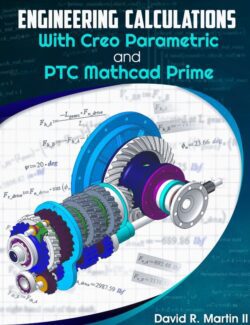
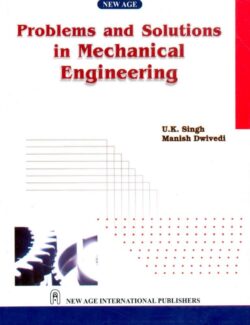
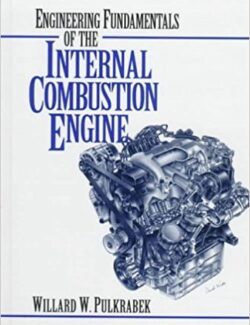
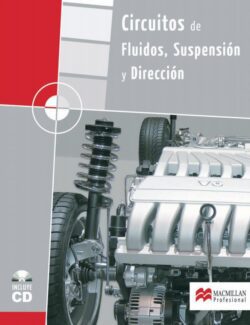
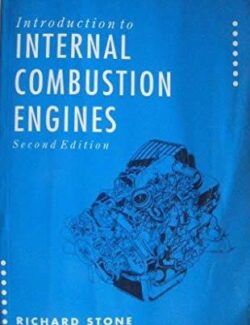
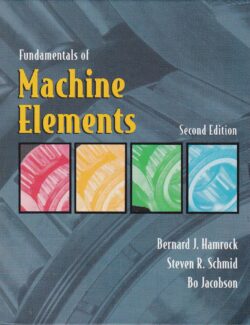
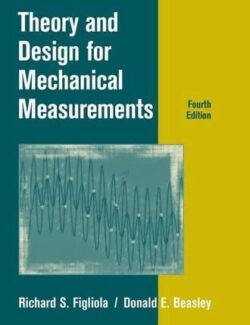
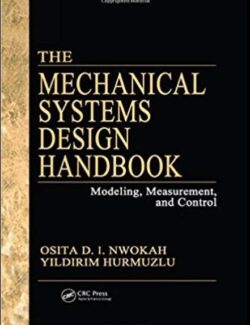
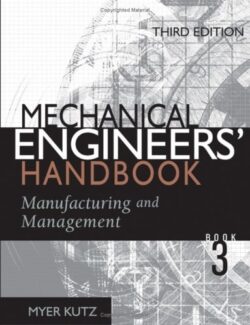

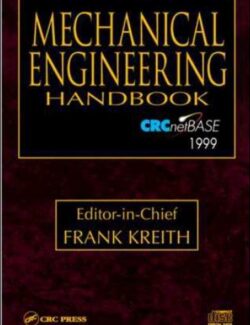
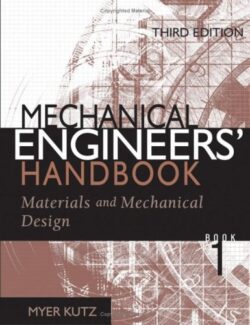

¿Qué piensas de este libro?
No hay comentarios